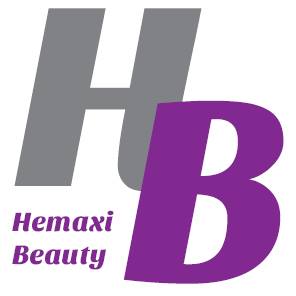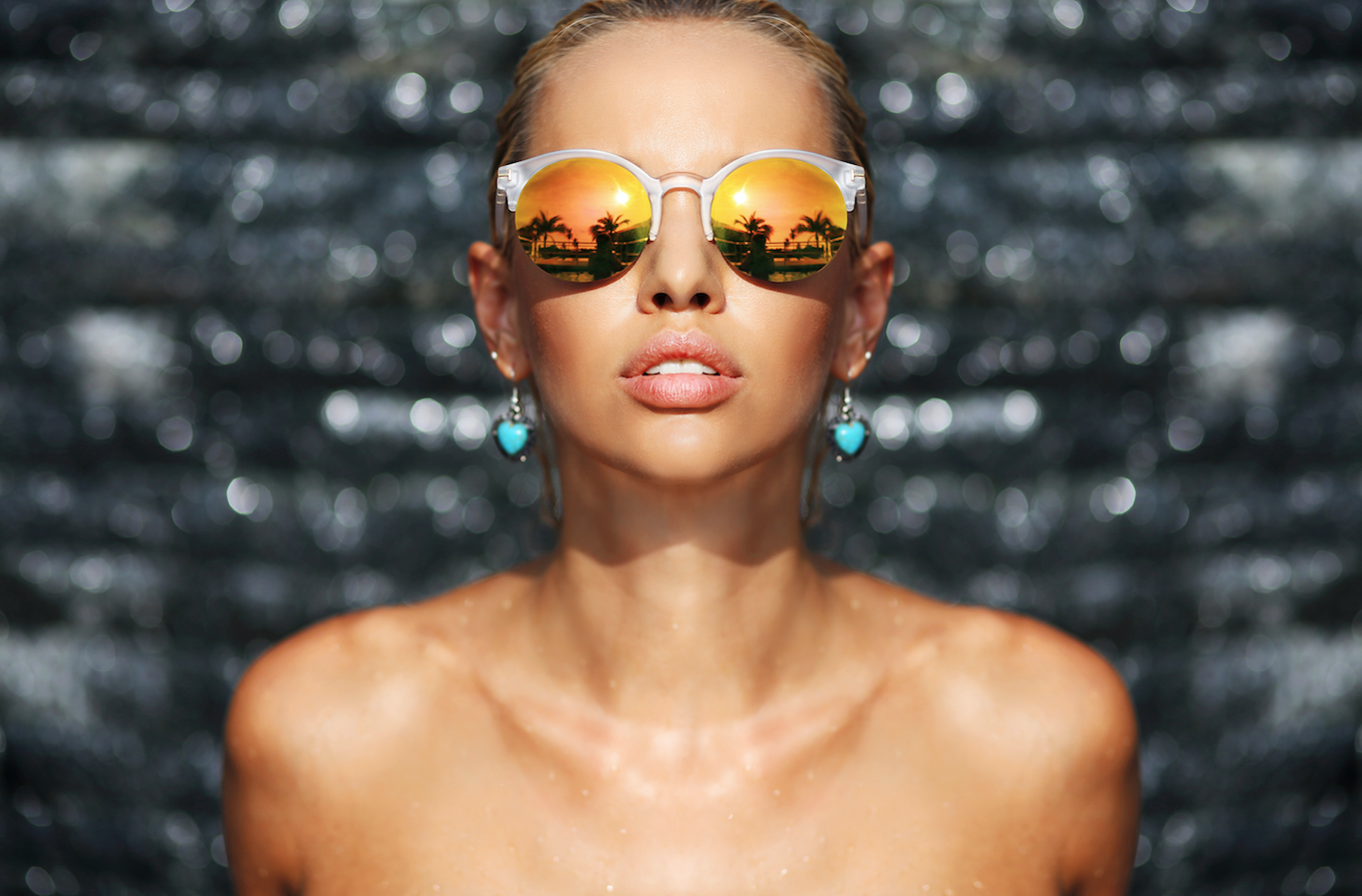With so much confusion surrounding proper sun protection usage, Georgia Seago consults the experts to bring you the best advice to pass on to your clients
What’s the difference between chemical and physical/mineral sunscreens, and which is best?
“These are the two main types of UV filter. The most commonly used are the absorbers (organic or chemical UV filters) because these are more efficient,” says Dr Emma Meredith, director of science at the Cosmetic, Toiletry and Perfumery Association (CTPA). “Inorganic or physical UV filters (also referred to as mineral) act by reflecting or blocking the sun’s rays. Often both types of UV filter are used in combination because they tend to be effective against different UV light wavelengths. This means they provide a broad spectrum of protection across the whole range of UV light.”
Dr Rabia Malik, holistic aesthetic doctor at Grace Belgravia Medical, says: “Organic filters are essentially chemicals that are carbon based and absorb UV rays, protecting the skin by intercepting the rays before they can penetrate.”
Do clients really need to wear sun protection on the face every day, even in cloudy weather?
“Cloudy days are no excuse not to wear sun protection as the level of UV radiation is not affected by temperature, and UV rays can penetrate through thin cloud. In fact, patchy clouds can intensify UV levels because radiation is reflected off the cloud’s edge and then focuses on the ground,” says aesthetic doctor Dr Preema Vig, who runs Dr Preema London Clinic.
Do moisturisers and foundations with added SPF provide enough protection?
“Certain products contain added protection from UV rays to help combat the rays’ anti-ageing effects, but it’s important to remember that such products are not intended to be used as primary sun protection,” says Meredith. “If you’re wearing these products and you’re going to spend time in the sun, you still need to apply sunscreen. Think of applying a good teaspoonful for the face, remembering the tips of the ears and under the chin.”
Do we all need some unprotected sun exposure to get enough vitamin D?
“I believe that some exposure is essential to help maintain vitamin D levels, but my preference would be to keep hands, arms and legs uncovered while continuing to use sun protection on the face, neck and décolletage (if exposed),” says Malik.
She adds: “Many people still require an additional oral vitamin D supplement, and I recommend it for all patients in the autumn and winter months.”
Some ingredients in chemical sunscreens, such as oxybenzone, have been identified as hormone disruptors. Should clients be concerned?
“Yes, absolutely. We should be concerned about potential hormone disruptors or synthetic oestrogens, and it is for this reason that I recommend mineral-based or physical rather than chemical sunscreens,” says Malik.
How long can we store sun protection products for?
“Products used extensively on a beach or left open for a length of time should generally be discarded after the holiday, and clients should throw away any products that have become discoloured, have an unpleasant odour or don’t look like they should,” advises Meredith.
“In the EU, cosmetic products don’t have expiry or ‘sell by’ dates; instead, if it does not last for 30 months then it will be labelled with a ‘best before’ date. This can also be indicated by an hourglass symbol immediately followed by a date.
“Products with a shelf life of at least 30 months may be labelled (and sunscreens will be) with a ‘period after opening’ or ‘open jar’ symbol. This isn’t an expiry date either, but an indication that once open, the product will not deteriorate to harm health.”
Meredith continues: “Most personal care products are formulated to ensure they have a shelf-life that far exceeds the normal time it would take to use the product up. This is certainly the case for sunscreens.”
What does the PA+ system mean in relation to SPF rating?
“This is generally used outside Europe for indicating the UVA protection factor, but may appear on some products here if they are dual labelled for multiple markets. Products in the EU should follow the European Commission Recommendation for sunscreen labelling: the letters ‘UVA’ in a circle. This means the product contains at least the recommended minimum level of UVA protection for a sunscreen,” says Meredith.
“The Commission recommends that products should provide both UVA and UVB protection. The latter is indicated as an SPF number and the minimum recommended is SPF 15.”
Vig adds: “You should always go for the highest possible protection on your face, and look for sunscreens labelled ‘broad spectrum’, as only sunscreens that protect against both UVA and UVB rays are legally allowed to use this label.”
What else should clients look for in a sun-protection product?
“DNA repair enzymes are important to protect against the impact of damaging UV rays and environmental exposure that can potentially cause free radical damage,” says Malik. “Using a topical antioxidant serum in addition to a mineral-based sunscreen is a good combination.”
What’s the future of sun protection?
“Cutting-edge sunscreens not only protect against UVA and UVB rays, they also offer anti-ageing properties and reverse and repair DNA damage,” says Vig. She predicts we’ll see more formulas that offer protection against things like thymine dimmers, “which cause the specific DNA damage that is consistent with a high cancer risk”. She adds: “Several companies are researching formulations to improve product performance, so it works on the skin for longer without reapplying.” Research is also being done into the impact of infrared rays on skin health, with advanced formulas already offering defence.

